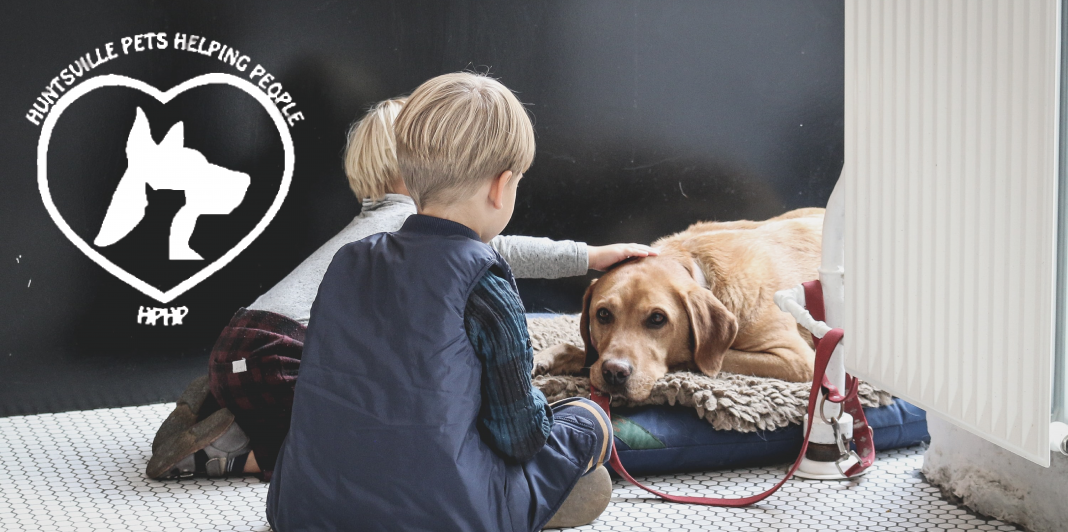In late January 2020, the Department of Transportation (DOT) published a proposed rule for transportation of Service and Emotional Support Animals. The proposed rule was open for public comments. After the comments period closed, DOT evaluated the comments, tweaked the proposed rule and published a final ruling. It is 122 pages long and covers a great deal of material including the proposed rule, some comments for and against the proposed rule, and the final ruling. Many things are unchanged from the proposed rule but a few items were changed based on public comments received. The final rule will become effective in early January 2021.
Here are some key points of the final rule:
- Only dogs are eligible to be service animals. They may be any breed.
- Emotional support animals are viewed as pets and no longer have the right to travel in aircraft cabins. Airlines may permit cabin travel at their option.
- Service animals must fit in the handler’s lap or foot space on the aircraft.
- Service animals must be leashed, harnessed or tethered at all times.
- Airlines retain the right to refuse transport of service animals who exhibit aggressive behavior and pose a direct threat to the health or safety of others.
- Allows airline to require paperwork attesting to a service animal’s good behavior and good health.
Let’s look at a few key points of the ruling:
Under the final rule, only dogs may be service animals. DOT’s rationale is that the majority of service animals are dogs. Dogs are comfortable around people and they have the temperament and training to perform tasks for individuals who have disabilities. Miniature horses and Capuchin monkeys may be service animals but they are few in numbers and seldom travel on aircraft. Because of their size, miniature horses on smaller aircraft are problematic and on larger aircraft, horses encroach on the space of other passengers. Therefore, the final ruling limits service animals to dogs. Airlines retain the option of accepting miniature horses and Capuchin monkeys service animals for transport in aircraft cabins.
Prior to the new ruling, the Air Carrier Access Act (under DOT), Fair Housing Act (under Department of Housing and Urban Development), and the American with Disabilities Act (under Department of Justice) had different definitions of service animals. Based on Congressional mandate, DOT’s final ruling aligns the definition of service animals across the different Federal agencies.
The proposed DOT ruling did not identify any breeds that should be eliminated from that role of service dog. Many public comments wanted to prohibit pit bull type dogs from traveling as service animals. The comments pointed out that many pit bulls have been bred to participate in dog fights. They have very strong jaws and can inflict very serious dog bits. DOT’s response was that there isn’t a specific “pit bull” breed so pit bulls are hard to identify and trying to identify them would be highly subjective. Instead, dogs should be restricted from airports and planes based on the behavior of the individual dog rather than their breed. Those dogs who display aggressive behavior or lack of training and create health or safety concerns to the public may be refused travel in aircraft cabins.
DOT’s proposed rule would allow airlines to treat emotional support animals as pets rather than animals with the special right to travel in the cabin with their handlers. The rule was proposed because there had been numerous incidents in which emotional support animals displayed bad behavior in airports or on aircraft. Some emotional support animals bit people, growled at people and service dogs, and urinated or defecated in inappropriate places. Many times, the handlers left the mess to be cleaned up by flight attendants. Another issue was exotic species, such as rates, squirrels, snakes or a peacock, that people claimed were emotional support animals. Those animals were not domesticated, are less trainable, and created health and safety issues for others.
DOT received over 6,000 comments related to emotional support animals. The flying public,
airlines, and many animal advocacy groups strongly supported the proposed rule to consider emotional support animals as pets. They cited the incidents mentioned above and the fact that emotional support animals are not required to have any behavior training to interact with the public. In addition, individuals could buy documentation of their “need” for an emotional support animal over the internet. Other comments were received that supported retaining emotional support animal rights to travel in the aircraft cabin. They stated that classifying them as pets would require handers to pay costly fees to transport their animals as cargo. DOT’s final rule designates emotional support animals as pets but allows airlines to transport emotional support animals in the aircraft’s cabin at their option.
The new ruling requires service animals to travel in the handler’s lap or their leg space. A number of comments complained about service animals encroaching on the limited space that other passengers had paid for thereby creating even more uncomfortable travel conditions. Another concern was allowing animals to freely move about the cabin. DOT considers lack of physical control of animals a safety concern so the final ruling requires service animals to be leashed, tethered, or harnessed at all times while traveling.
The proposed ruling required handlers to submit several forms to the airlines prior to travel. The forms attest to the animal’s good behavior, good health, and that on flights over eight hours, the animal would not eliminate inappropriately. As a result of comments received, DOT combined the behavior and health forms into a one-page form to be signed by the passenger rather than a veterinarian.
Although not everyone will agree, DOT adopted a common sense approach to the complex issue of protecting the health and safety of all who travel by air and balancing the special needs of disabled travelers. Based on DOT’s final ruling, the flying public should feel safer traveling on an aircraft in which a service dog is present.















